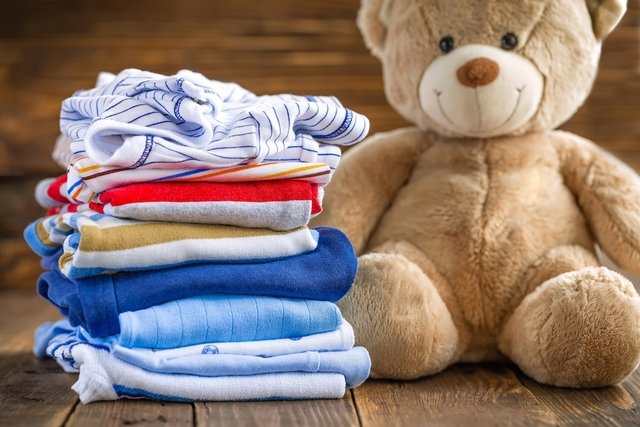To care for a newborn at home, parents need to dedicate a lot of time to the baby, as he is very small and fragile and needs a lot of attention.
Parents must, therefore, take some basic care to maintain the comfort of the newborn and ensure that it grows strong and healthy, such as: feeding correctly, changing the diaper frequently and bathing at least 3 times a week.
Below are the 7 essential precautions to take care of your newborn at home in the best possible way:
1. How to prepare the baby’s room
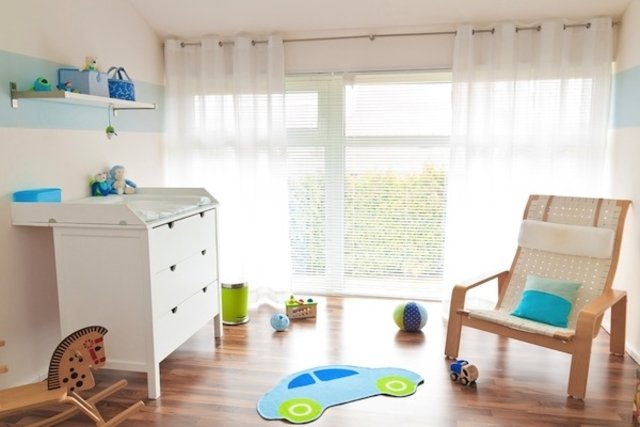
The baby’s room should be simple and always clean, to avoid the accumulation of dust and bacteria that are harmful to health. The essential and recommended equipment for the room are:
- 1 changing table to change the diaper and dress and undress the baby easily;
- 1 chair or armchair comfortable for the mother to breastfeed;
- 1 closet for clothes baby and bedding;
- 1 crib or bed, which must have a waterproof mattress and cotton sheets and blankets and bars spaced less than 6 cm apart.
Furthermore, the room must be spacious and airy, maintaining a comfortable temperature, which can vary between 20º C and 22º C. The floor must not have carpets or many toys, especially stuffed toys, as they accumulate a greater amount of dust, facilitating the appearance of allergies.
2. How to dress the newborn properly
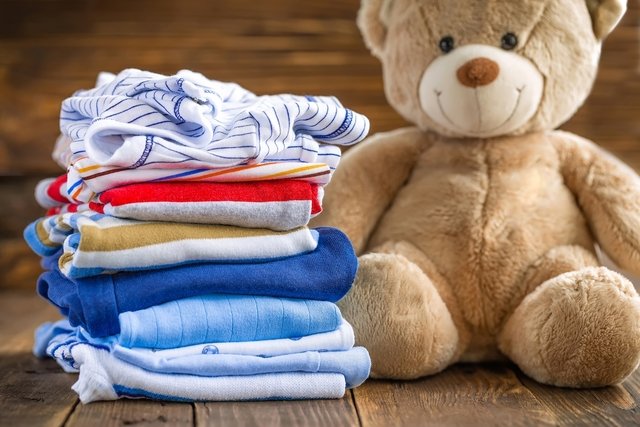
The baby’s clothes should be cotton, without ribbons, fur, elastics or buttons and, if possible, they should wear 2 separate pieces, such as a blouse and pants, as it is easier to put on and change.
To avoid irritating the baby’s skin, all tags should be cut off and only one more piece of clothing should be worn than the parents are wearing, for example, if the parents are wearing 2 blouses, the baby should have 3. In winter, outer clothing should be made of wool, as it is warmer, and summer clothing should be made entirely of cotton, as it helps the skin breathe better.
In addition, baby clothes should be washed separately from adult clothes and drying should ideally be done in the dryer as this makes them softer. If you prefer to leave the clothes to dry naturally, the baby’s clothes should dry indoors, to avoid catching pollution from outside.
3. How to bathe your baby
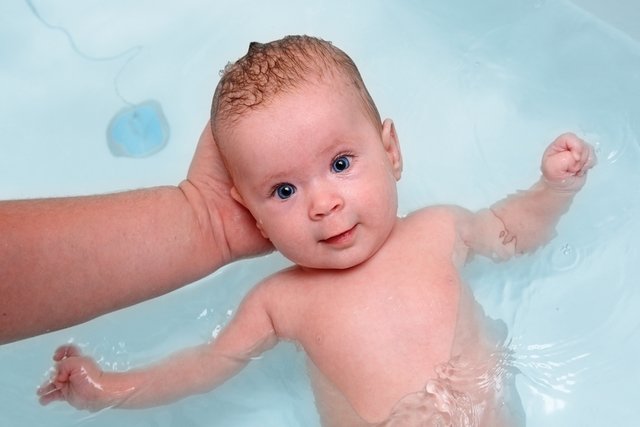
Newborns should be bathed 3 times a week and whenever they are dirty and bathing should only be done with water for the first 15 days. From then on, you can use soap with a neutral pH and without alcohol and there is no need to use shampoo, washing your hair with the same product for your body.
To carry out your newborn’s hygiene you need:
- Bathtubshantala bucket or hot tub with a maximum of 20 cm of water at 37º;
- Compresses and saline solution for cleaning the eyes and nose;
- Soft towel and does not shed hair;
- Scissors with round tipsif it is necessary to cut your nails;
- Brush or hair comb;
- Change clotheswhich must be open and arranged in the order in which it will be worn;
- 1 clean diaper to change;
- creams, only in some cases, for dry skin or diaper rash, for example.
The bath should be quick, not exceeding 10 minutes so as not to alter the composition of the baby’s skin, and can be given at any time of the day except after breastfeeding. See the step-by-step guide to bathing the baby.
4. How to clean baby’s belly button or umbilical stump
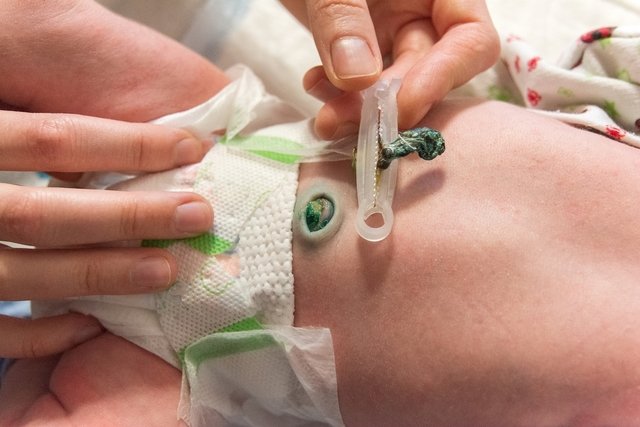
The umbilical stump, which is the remainder of the umbilical cord located in the baby’s navel, must be disinfected at least once a day, after bathing. To clean, follow these steps:
- Add alcohol to 70º in a sterile compress;
- Hold the stump clip with one hand;
- Clean the umbilical stump of the region with skin for the clipapplying the compress only once and then throwing it in the trash.
After the umbilical cord falls off, you must continue to clean it with saline solution until it is completely dry and without a wound and you must keep the diaper folded below the navel, to prevent urine or feces from reaching the navel and causing an infection.
5. What the diet should be like
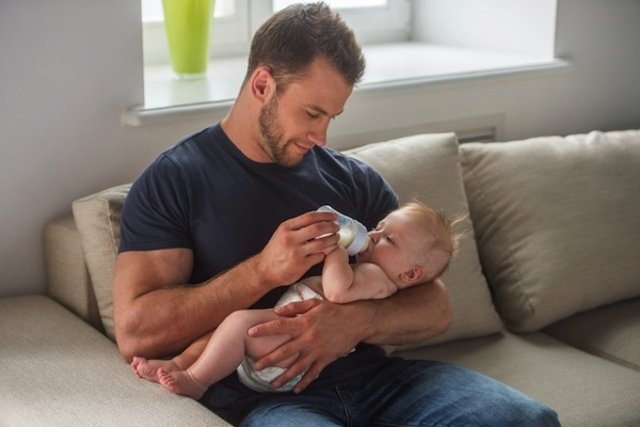
The newborn is normally fed with breast milk, which is the best food for the baby’s healthy development. However, in some cases, the newborn may need to be fed artificial milk:
Breastfeeding
The baby must breastfeed whenever he wants, so there is no set frequency for breastfeeding, however, it is common for the baby to be hungry every 2 or 3 hours during the day and he should not go more than 4 hours without eating , even at night.
Each feeding takes an average of 20 minutes, being faster at first and then slower.
The mother can breastfeed sitting or lying down, the important thing is that the mother feels comfortable and that the baby is able to latch properly on the breast. Check out how to know if your baby is breastfeeding correctly and how to breastfeed.
Bottle with artificial milk
When a woman does not produce enough milk or when the baby has some other specific need, it may be necessary to give artificial formula in addition to breast milk. However, the use of artificial milk should only be started after a pediatrician’s recommendation.
To give a bottle you need to prepare the milk and to do this you must:
- Boil water for 5 minutes;
- Pour water into the bottle and let it cool to room temperature;
- Add powdered milkwith 1 level spoon corresponding to 30 ml of water;
- Shake the bottleuntil the liquid is homogeneous;
- Giving milk to the newborn in a cup or bottle and, to give it, you must support the head and back on your arm and keep the baby in a semi-sitting position and keep the teat filled with milk.
At the end, the baby must be burped to release excess air that may be in the stomach. To do this, you need to place it vertically and gently tap it on the back.
6. How to understand why the baby is crying
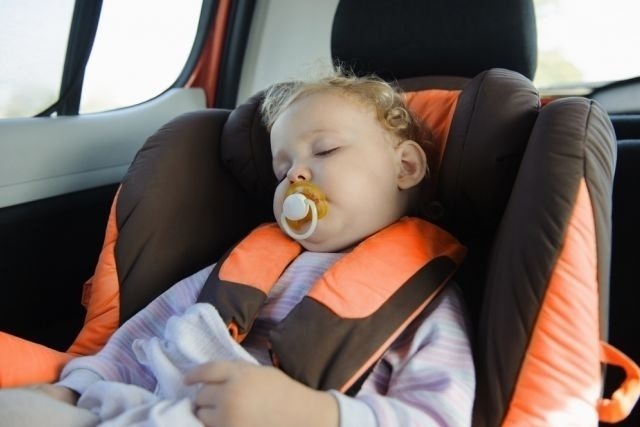
Crying is the baby’s main way of alerting his parents to discomfort, such as a dirty diaper, hunger or fear, so knowing how to identify the type of crying is important to calm the baby down more quickly.
To notice crying, you must pay attention to the sound and movements of the baby’s body, which normally help to identify the reason for the crying.
Some ways that can help calm the newborn include finding a calm environment, giving a massage, breastfeeding or wrapping them in a blanket. Find out more techniques in: 6 Ways to make your baby stop crying.
7. How to keep your newborn safe

The best way to keep your newborn safe is to never leave them alone, as they are still very small and fragile. However, other important security measures include:
- Always check the temperature of any object or food that comes into contact with the baby, to avoid burns;
- Always lay the baby on his or her back, touching the bottom of the bed with your feet and keeping the bedclothes attached up to the baby’s armpits, to avoid suffocation;
- Transporting the baby in a car seat that belongs to group 0+, which is appropriate for the baby’s weight and size.
- Lock the cart or egg whenever it is stopped and do not place it in high places, to avoid falls;
- In the car, place the car seat in the back seatpreferably in the middle seat, with your back to the direction of traffic and if the car only has 2 seats, the child can be transported in the front, however it is necessary to deactivate the parking system. airbag;
- Avoid contact with animals with fur, as it can cause respiratory allergies.
All this care helps the newborn to be safe and grow in a healthier way, preventing the emergence of complications and even some diseases.

Sign up for our newsletter and stay up to date with exclusive news
that can transform your routine!
Warning: Undefined array key "title" in /home/storelat/public_html/wp-content/plugins/link-whisper-premium/templates/frontend/related-posts.php on line 12
Warning: Undefined array key "title_tag" in /home/storelat/public_html/wp-content/plugins/link-whisper-premium/templates/frontend/related-posts.php on line 13

